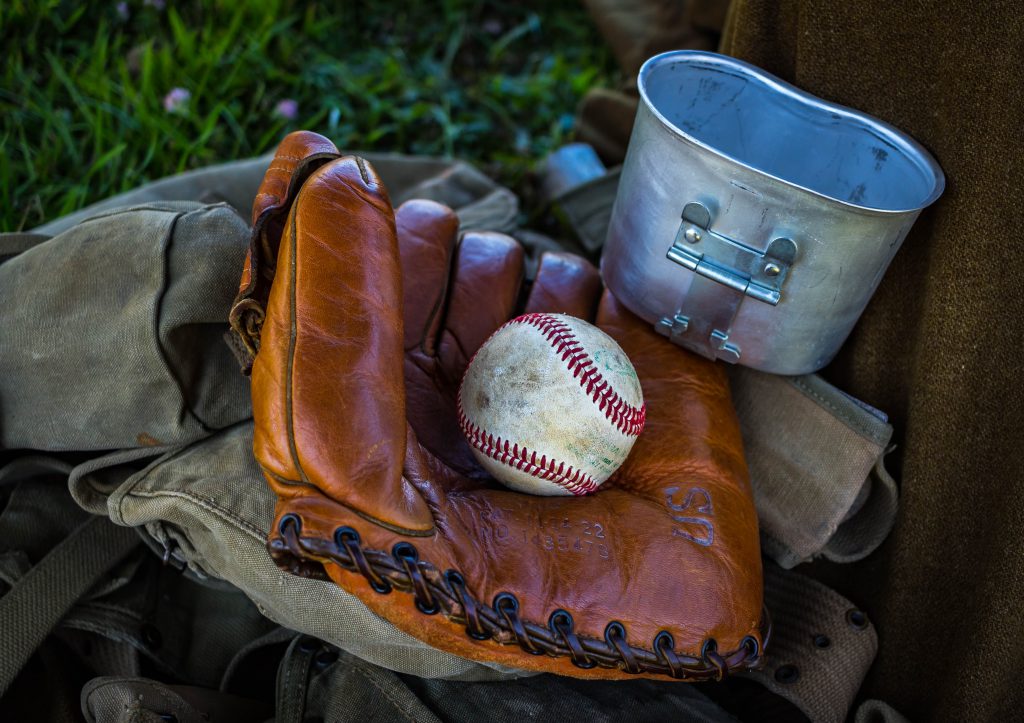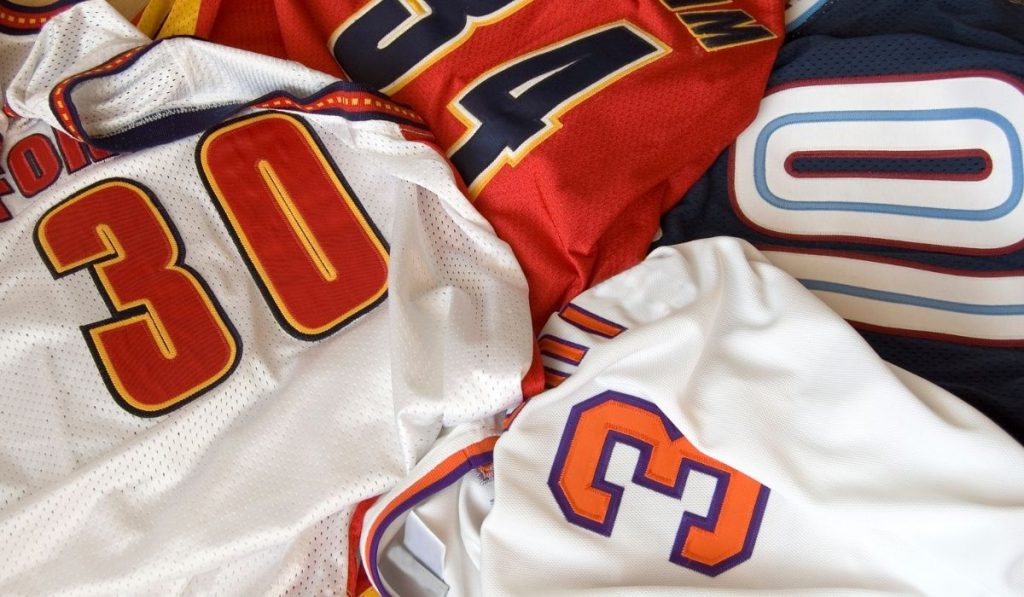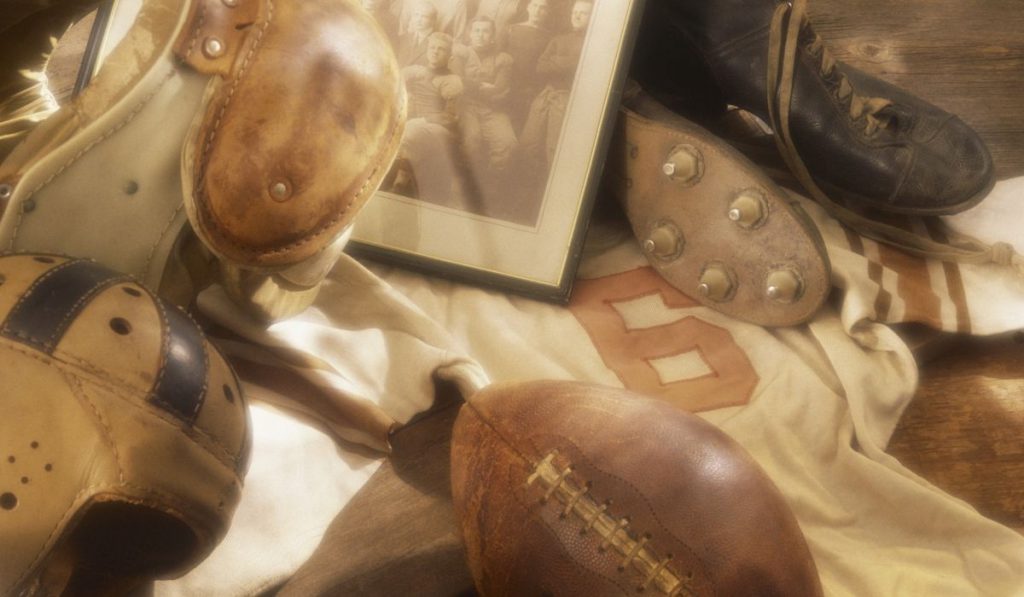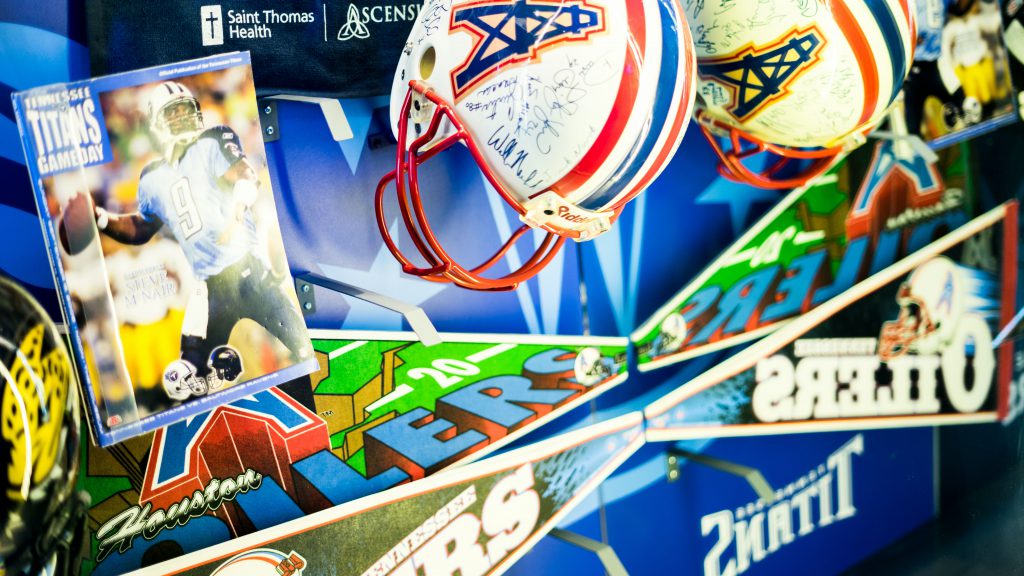If you perform a search for the term “collector,” most results will simply state that a collector is someone who collects things. While this is true, the statement itself is a bit reductive because a true collector does more than simply “collects things.” Some people engage in collecting as a hobby, others view collecting as an investment, and there are those who see an endless possibility in doing it for both reasons.
Whether you are already an avid collector or thinking of becoming one, deciding what to collect and how to store it is an integral part of the aggregating process. Here are several tips to consider when collecting and storing sports vintage memorabilia.

Your Vintage Sports Memorabilia Collection
Establish a Niche – Try to focus your collection on one set, or group of items. For instance, select a sport that you like to play or watch. You can then further pinpoint a collections group by focusing on a team or player. This will allow you to complete a collection more quickly, thus increasing its value and your gratification. You will also prevent overspending as it would definitely be more costly and/or frustrating in attempting to complete multiple collectible sets simultaneously.
Collecting vs. Hoarding – Some persons confuse collecting with hoarding. The truth is, it’s easy to get carried away when you find something that you are truly interested in. To prevent yourself from crossing that thin line from collector to hoarder, ensure to organize a dedicated storage space for your collectibles. Stick to your niche and only utilize your dedicated space. If you find that you are running out of space, it’s probably time to start pruning.
Organize – Developing and organizational process serves multiple purposes. Aside from being aesthetically pleasing, a well-organized set of memorabilia makes it easy to see if there are any missing pieces or duplicates. This will make purchasing and pruning simpler.

Check for Authenticity – It goes without saying that you should ensure the item you are purchasing is authentic. But how can you be sure? The best way to ensure your vintage sports memorabilia is authentic is to purchase from reputable retailers or try purchasing from the sports organizations directly. The NFL, MLB, NBA, NASCAR, FIFA, and other majors organizations will provide authentic merchandise. However, it can often be less expensive to purchase from eBay, dedicated collectible websites, or a fellow collector who has a duplicate. The good news is, even if you purchase from one of these alternatives, you can still ask the seller to furnish a certificate of authenticity from the Memorabilia Evaluation and Research Services (MEARS) or the Professional Sports Authenticators (PSA). This will confirm that you are getting what you pay for.
Value – Value doesn’t necessarily mean “value for money.” In this case it can also refer to the value that the item holds for you personally. Of course, if you are collecting for the purpose of investing, you will need to check the current monetary value of the item and the projected monetary value. This will help you to decide how to select one memorabilia over another and know when to let go of a specific item in order to get a more lucrative one. On the other hand, the value may refer to the sense of fulfillment that you get from the item. It could be an item that preserves a memory or signifies an achievement. Either way, a collectible shouldn’t be in your set just because it was available, it should have a direct significance to the rest of your collection, thus adding to the collection’s overall value.

Storing your Sports Memorabilia
Types of Material – The material that makes up the main component of your sports memorabilia will help to determine where and how it is stored. Some materials will hold up fine regardless of where you keep it, while others do not do well in areas where temperatures can go above or below certain degrees. For instance, if your vintage collectible is largely paper-based, such as unlaminated sports cards, pictures, sports magazines, or cardboard cut-outs, you may want to avoid placing them in plastic bags or containers which could sweat if the temperature fluctuates to any extensive degree. You should also try to avoid newspaper where possible. While newspaper is generally abundant and useful in storing items, it has ink that may bleed onto other surfaces, especially if it becomes humid. This could lead to permanent damage and a decrease in value.
Location, Location, Location – This may be an obvious one, but there are so many things to consider when selecting a location for your collectibles. The main consideration for most collectors is display. They want to know the best place with the best view and the best lighting, and that is perfectly understandable. You want to share your collection with friends and admirers, at a safe no-touch distance of course. However, you must also consider the temperature and humidity of your storage area. Another factor that is sometimes overlooked is how much direct sunlight is shone on the items being displayed. While your card, ball, or T-shirt may gleam and look glorious in the sunlight, you may be slowly causing irreparable damage that may only become visible when it’s already too late. You may not notice the fade in color on your card or shirt, or the small cracks in your ball or plaque until you can no longer do anything about it. If you wish to have your sports memorabilia shine in all its glory, you can choose to give it a dedicated spot with a dedicated light source other than the sun. LED lights staged around the perimeter of a display glass box may do the trick, but even then, it’s best to turn the lights off when it’s not being actively viewed.
Other places to avoid are small rooms with fireplaces that may become too warm, or non-insulated places that may become too cold. Of course, this is all dependent on your overall location and its weather patterns. However, you may want to avoid attics and basements in general.

To Clean or Not to Clean? – This is a question of whether your collectibles are on display or not, and the type of materials they are made from. Obviously, if your collectibles are wrapped properly in a suitable storage material and kept away from humidity, cleaning is probably not necessary. However, if your vintage sports collectible is on glorious display, at some point it may become dusty and needs to be cleaned. It may be difficult but try to resist a clean sweep with your hands, especially on photographs and other paper-based materials. The fact is, our fingers have oils that may help to break down the material over time and shorten its lifespan. If you notice that a certain item needs cleaning, get a pair of gloves and a soft dust cloth or soft bristle brush to gently dust the surface. If the item is made from plastic and requires a slightly deeper clean, you can use a Q-tip with a little alcohol or distilled water. Try to avoid areas with external printed ink just to be safe.
Insurance – This final tip is not so much about collecting and storing your sports memorabilia, but more about preservation. As with any asset, you are going to want to protect the time, effort, and money you have already invested in it. Therefore, you should ensure that your collection is insured. Some collectibles are already insured within your home-owners insurance, but if your collection has a high monetary value, you should consider a dedicated insurance policy just for them.

If you are looking for a secure place to store your hard drives or other valuables, Safe Deposit Center can help. At Safe Deposit Center, we offer a variety of safe deposit box sizes as well as open vault storage to accommodate your secure storage needs. For more information about our secure, private storage facility please visit https://safedepositcenterwa.com/.

